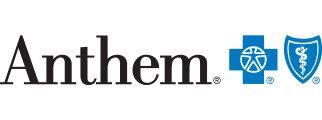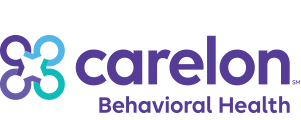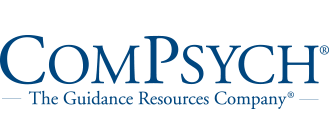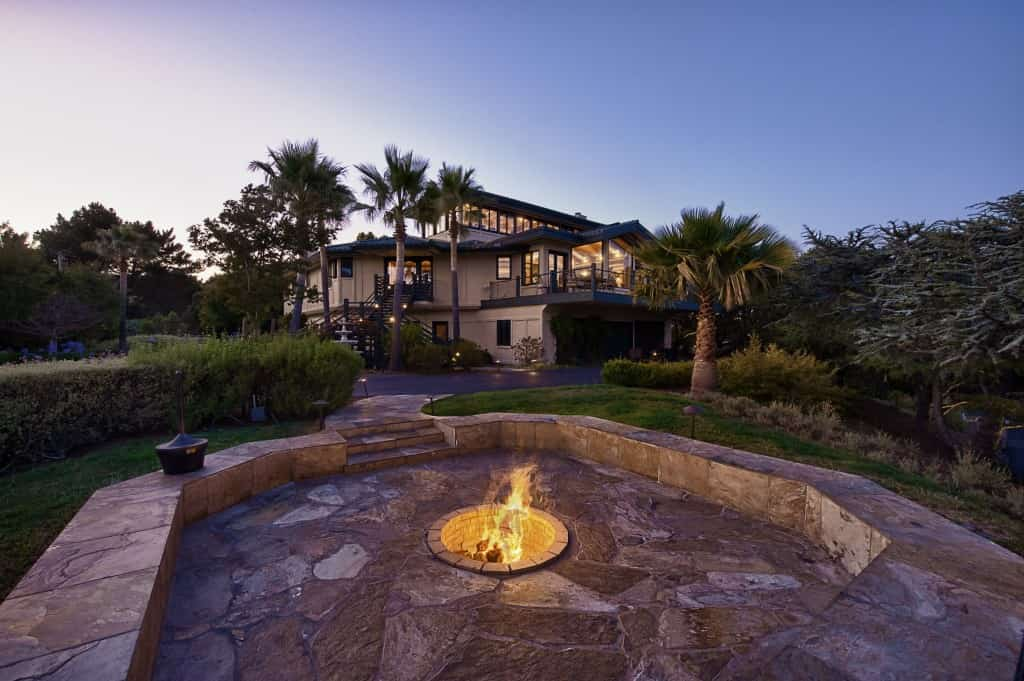Located in the serene hills of San Rafael, Bayside Marin is California’s premier rehabilitation center dedicated to the treatment of club drug addiction. Bayside Marin blends evidence-based treatments with alternative, holistic modalities to comprehensively treat all aspects of our client’s life.
Club Drugs, Effects and Treatment Options in California
MDMA (ecstasy), Rohypnol, GHB, and Ketamine are among the drugs used by teens and young adults who are part of a nightclub, bar, rave, or trance scene. Raves and trance events are generally nightlong dances, often held in warehouses. Many who attend raves and trances do not use drugs, but those who do may be attracted to their generally low cost, and to the intoxicating highs that are said to deepen the rave or trance experience. Current science, however, is showing changes to critical parts of the brain from use of these drugs.
Although national rates for hospital emergency department (ED) mentions of club drugs were low in 2002 (with none exceeding 2 mentions per 100,000 population) and no increases were measured from 2001 to 2002, significant increases in certain club drug mentions were apparent from 1995 to 2002. MDMA ED mentions, for example, increased from 421 in 1995 to 4,026 in 2002; and GHB ED mentions increased from 145 in 1995 to 3,330 in 2002. Increasingly, especially in California, the need for club drug rehab at a respected treatment center is apparent. Bayside Marin can provide the best chances at recovery with our exclusive, comfortable rehab program.
MDMA (Ecstasy)
MDMA or Ecstasy (3-4 methylenedioxymethamphetamine) is a synthetic, psychoactive drug chemically similar to the stimulant methamphetamine and the hallucinogen mescaline. Street names for MDMA include “ecstasy,” “XTC,” and “hug drug.” Drug use data sources for 21 metropolitan areas nationwide indicate that MDMA, once used primarily as a club drug, is being used in a number of other social settings. In high doses, MDMA can interfere with the body’s ability to regulate temperature. This can lead to a sharp increase in body temperature (hyperthermia), resulting in liver, kidney, and cardiovascular system failure. Because MDMA can interfere with its own metabolism (breakdown within the body), potentially harmful levels can be reached by repeated drug use within short intervals.
Research in humans suggests that chronic MDMA use can lead to changes in brain function, affecting cognitive tasks and memory. MDMA can also lead to symptoms of depression several days after its use. These symptoms may occur because of MDMA’s effects on neurons that use the chemical serotonin to communicate with other neurons. The serotonin system plays an important role in regulating mood, aggression, sexual activity, sleep, and sensitivity to pain. In addition, users of MDMA face many of the same risks as users of other stimulants such as cocaine and amphetamines.
Research in animals links MDMA exposure to long-term damage to serotonin neurons. A study in nonhuman primates showed that exposure to MDMA for only 4 days caused damage to serotonin nerve terminals that was evident 6 to 7 years later. While similar neurotoxicity has not been definitively shown in humans, the wealth of animal research indicating MDMA’s damaging properties suggests that MDMA is not a safe drug for human consumption.
GHB, Ketamine, and Rohypnol
GHB and Rohypnol are predominantly central nervous system depressants. Because they are often colorless, tasteless, and odorless, they can be added to beverages and ingested unknowingly. These drugs emerged a few years ago as “date rape” drugs. Because of concern about their abuse, Congress passed the “Drug-Induced Rape Prevention and Punishment Act of 1996″ in October 1996. This legislation increased Federal penalties for use of any controlled substance to aid in sexual assault.
GHB
Since about 1990, GHB (gamma hydroxybutyrate) has been abused in the U.S. for its euphoric, sedative, and anabolic (body building) effects. It is a central nervous system depressant that was widely available over-the-counter in health food stores during the 1980s and until 1992. It was purchased largely by body builders to aid in fat reduction and muscle building. Street names include “liquid ecstasy,” “soap,” “easy lay,” “vita-G,” and “Georgia home boy.”
Coma and seizures can occur following abuse of GHB. Combining use with other drugs such as alcohol can result in nausea and breathing difficulties. GHB may also produce withdrawal effects, including insomnia, anxiety, tremors, and sweating. GHB and two of its precursors, gamma butyrolactone (GBL) and butanediol (BD) have been involved in poisonings, overdoses, date rapes, and deaths.
Ketamine
Ketamine is an anesthetic that has been approved for both human and animal use in health settings since 1970; about 90 percent of the Ketamine legally sold is intended for veterinary use. It can be injected or snorted. Ketamine is also known as “special K” or “vitamin K.”
Certain doses of Ketamine can cause dream-like states and hallucinations. In high doses, Ketamine can cause delirium, amnesia, impaired motor function, high blood pressure, depression, and potentially fatal respiratory problems.
Rohypnol
Rohypnol, a trade name for flunitrazepam, belongs to a class of drugs known as benzodiazepines. When mixed with alcohol, Rohypnol can incapacitate victims and prevent them from resisting sexual assault. It can produce “anterograde amnesia,” which means individuals may not remember events they experienced while under the effects of the drug. Also, Rohypnol may be lethal when mixed with alcohol and/or other depressants.
Rohypnol is not approved for use in the United States, and its importation is banned. Illicit use of Rohypnol started appearing in the United States in the early 1990s, where it became known as “rophies,” “roofies,” “roach,” and “rope.”
Abuse of two other similar drugs appears to have replaced Rohypnol abuse in some regions of the country. These are clonazepam, marketed in the U.S. as Klonopin, in Mexico as Rivotril, and alprazolam, marketed as Xanax. Rohypnol, however, continues to be a problem among treatment admissions in Texas along the Mexican border.
Why Consider Club Drug Addiction Treatment at our California Rehab Center
At Bayside Marin Club Drug Treatment Center in California, we know that once clients have become a part of our family, they will choose to remain a part of our family. If you or a loved one is in need of club drug treatment or rehab to help in overcoming an addiction to marijuana, look no further than Bayside Marin & our exclusive rehabilitation. We will do everything possible to help you develop the skills needed to remain confident in your rehab and long-term recovery. We can provide the treatment so you or your loved one’s lasting healing can be achieved.









